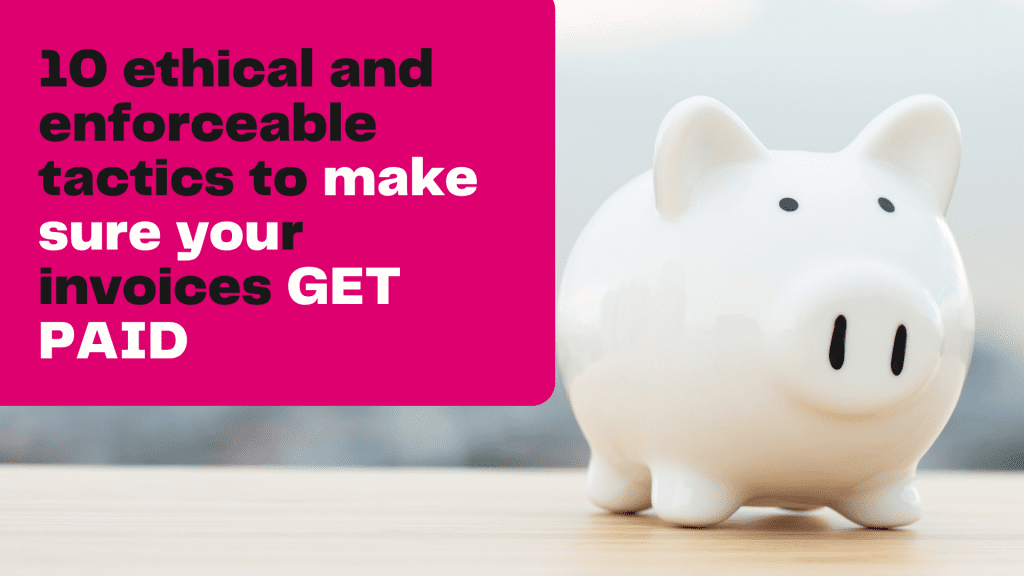
Wouldn’t life be simple if you could guarantee that your invoice would get paid on time every time? Sadly, this…

Wouldn’t life be simple if you could guarantee that your invoice would get paid on time every time? Sadly, this…
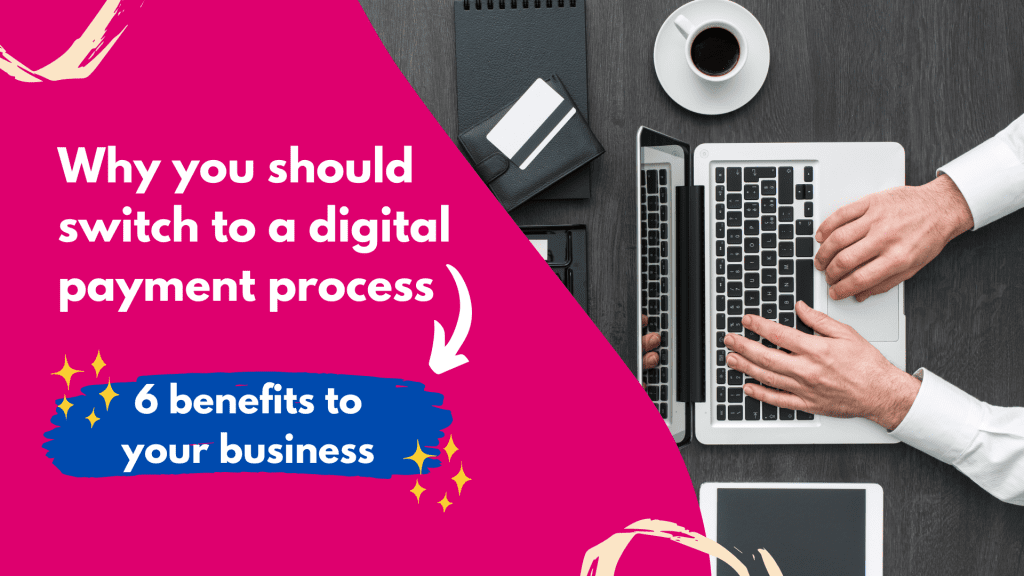
According to studies, SMEs spend on average, a whopping £4.4 billion per annum chasing late payments. This problem is only…

If you’ve lost clients due to the Covid-19 pandemic, you are not the only one. Countless businesses have lost a…
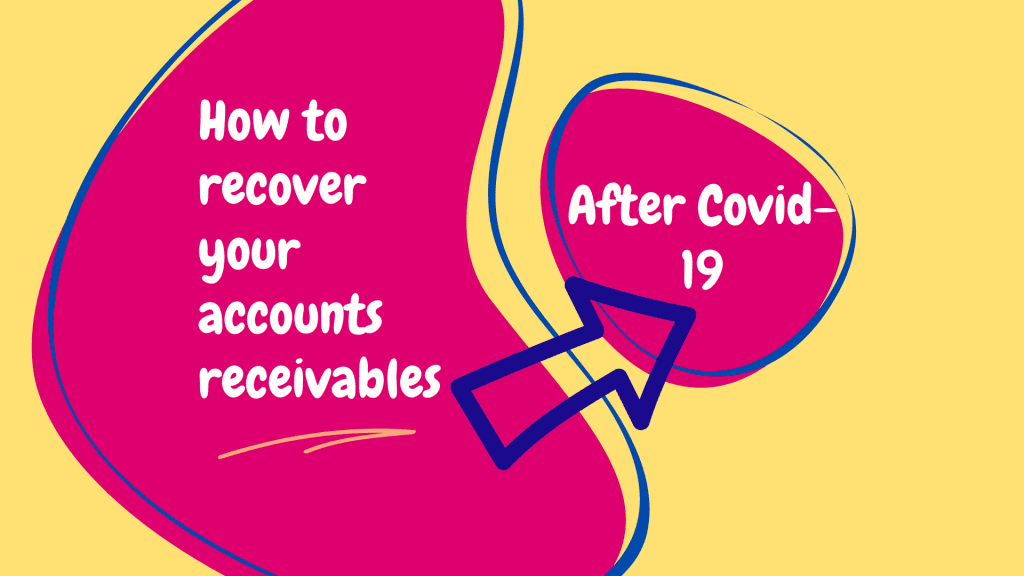
How to Recover Your Accounts Receivables After Covid-19 The pandemic has not been kind to business. Many companies have struggled…
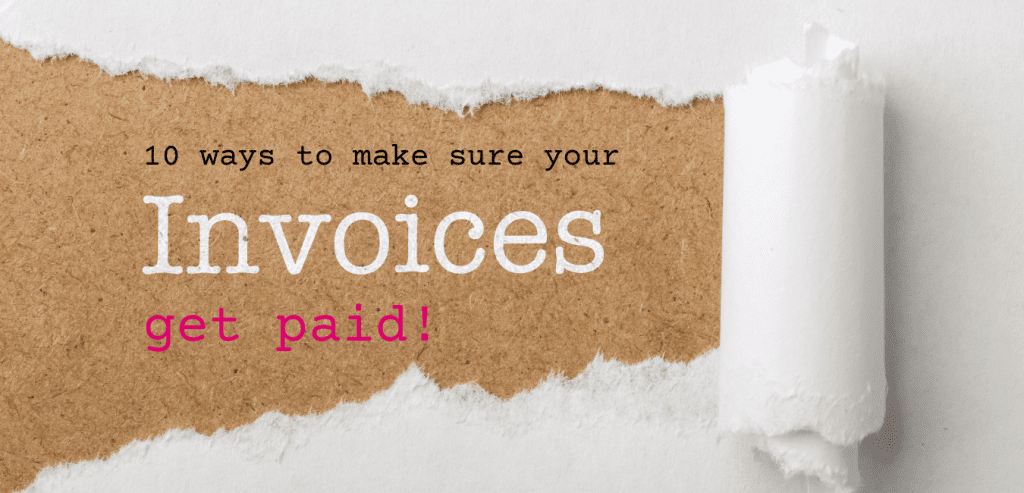
Wouldn’t life be simple if you could guarantee that your invoice would get paid on time every time? Sadly, this…
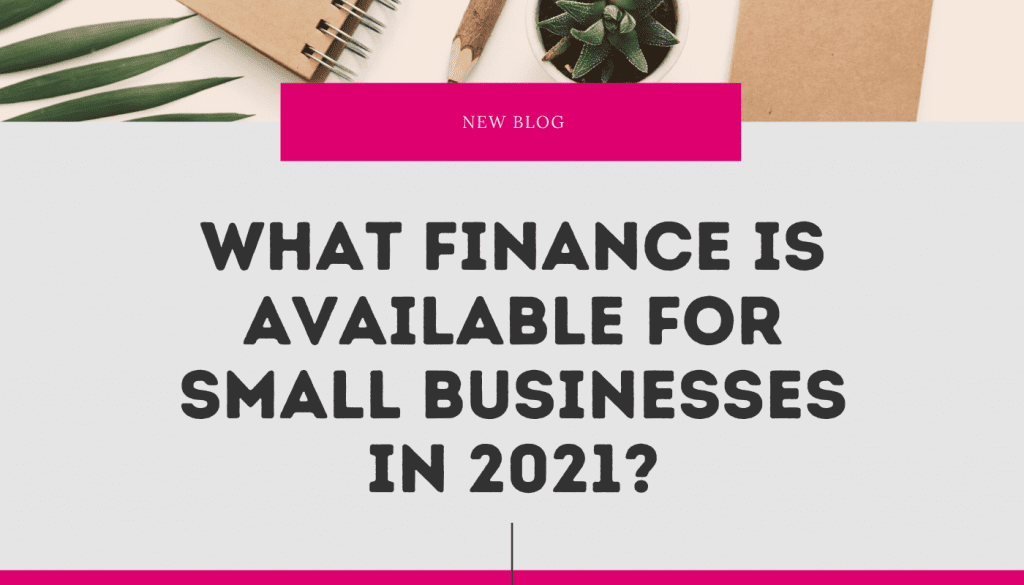
Just thinking about how much the government has forked out during the COVID-19 crisis is scary; never mind hearing the…

In line with the further extension of the CJRS furlough scheme for employees the chancellor has also set out further…

We have an increasingly complex financial ecosystem, yet UK businesses feel that they have no one to turn to. It’s…

For a business to grow sustainably (and to successfully make it through the financial bumps in the road), cash flow…

As author Dough Hall correctly put it, “if your profit margins aren’t rising, chances are your company isn’t thriving.” Makes…